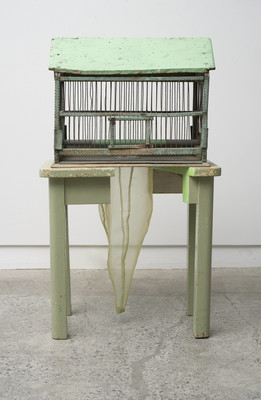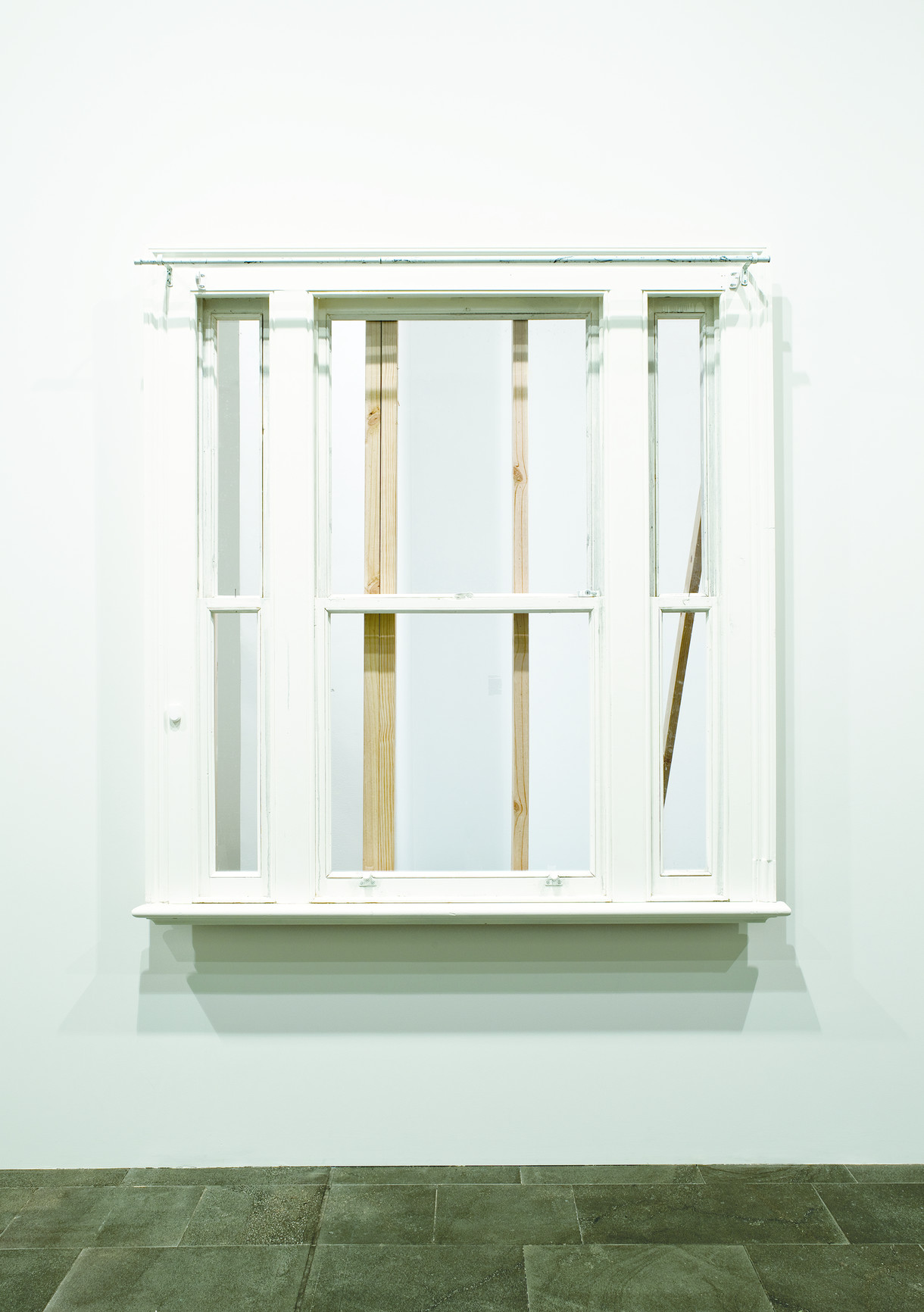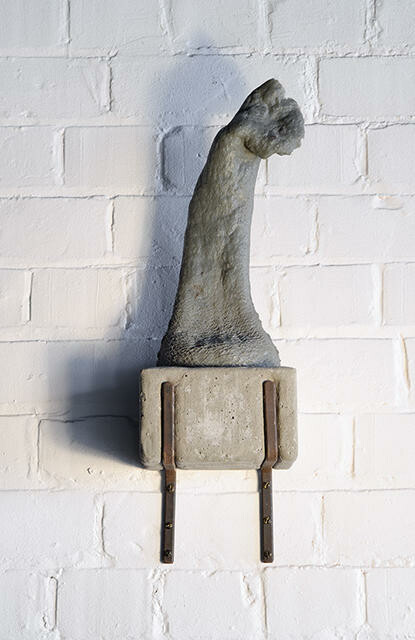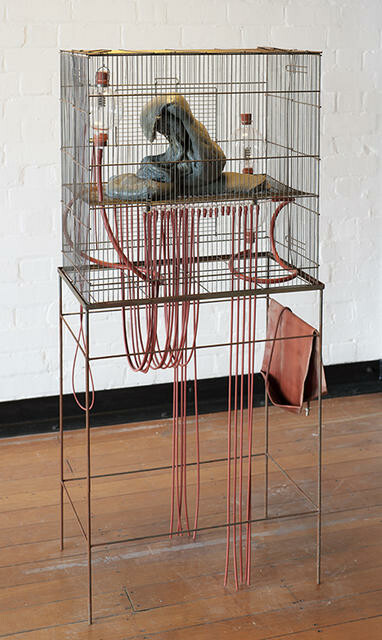B.
'This place that we're in now...'
Behind the scenes
In the next issue of Bulletin, Christchurch writer Sally Blundell talks to artist Julia Morison about her post-quake sculptures and 'liqueurfaction' paintings, which go on show on Friday in Christchurch Art Gallery's latest Outer Spaces project. Here's a little of what Julia has to say:
'After the earthquake I was really distracted. It took quite a long time before I could get back into the studio so I was getting a bit panicky and even then, when I did get back, I found I was really struggling. The paintings just weren't working, they didn't seem relevant – the preoccupations didn't make sense. I was making these other things on the side, just as a distraction, then I started to develop them into an exhibition. I don't want to be defined as an earthquake artist but I knew I had to deal with it in some way, I think it's something we have to do. Not to over-aestheticise it – I have a problem with people going into a disaster and doing that – but to deal with the situation I found myself in.
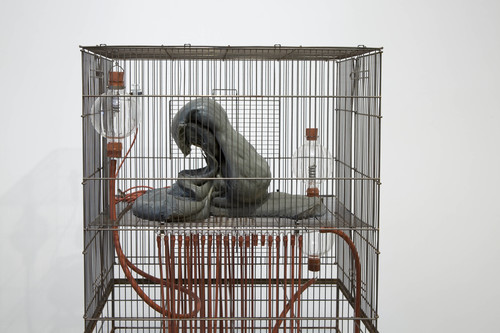
'At this time I was just picking up stuff on the street, finding things at Riccarton Market, in garage sales and at Watson's [auction house] – simple things, serendipitous things, things that had been thrown up, that were interesting. The boxes I found on the road – I filled them with liquefaction and silt and dated them. I guess I was saying, let's rebuild with liquefaction, let's make bricks of it!
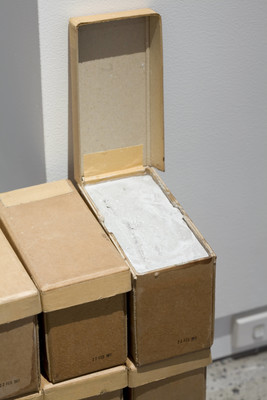
'The title Meet me on the other side relates to the day of the earthquake. The cell phones weren't functioning and I kept getting this repeated text message – it was pretty disturbing. The city was like a film set – all grey, and smoky and watery. It's weird – I don't remember that day properly, I don't think you can. It's like if you have ever had a broken heart, if you felt that pain continually you would never venture forth again. But I was thinking about this place that we're in now and how we have to traverse this space, so 'meet me on the other side' has a number of connotations.
'It's emotional, yes, and geographic. But it's also about collectiveness – meet me on the other side, join me on the other side. Because we've got a lot to do and a lot to get through before we do meet up...'
